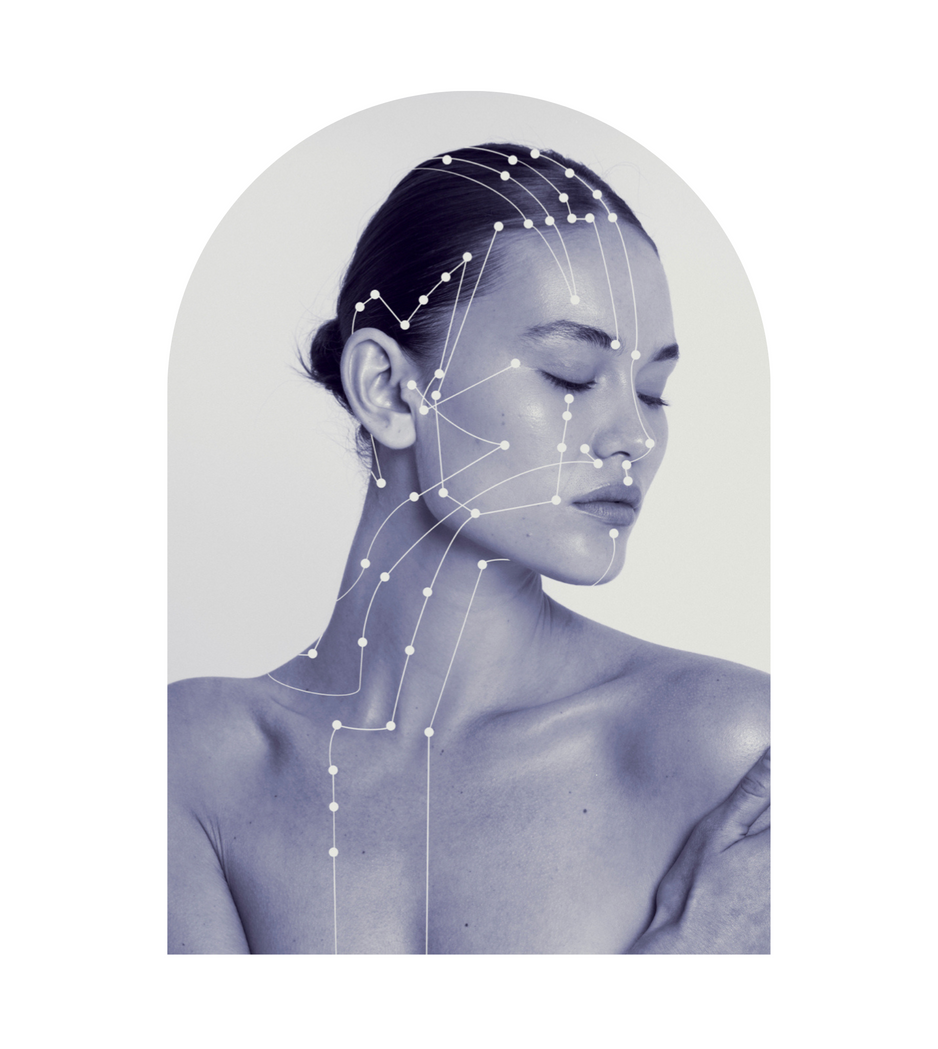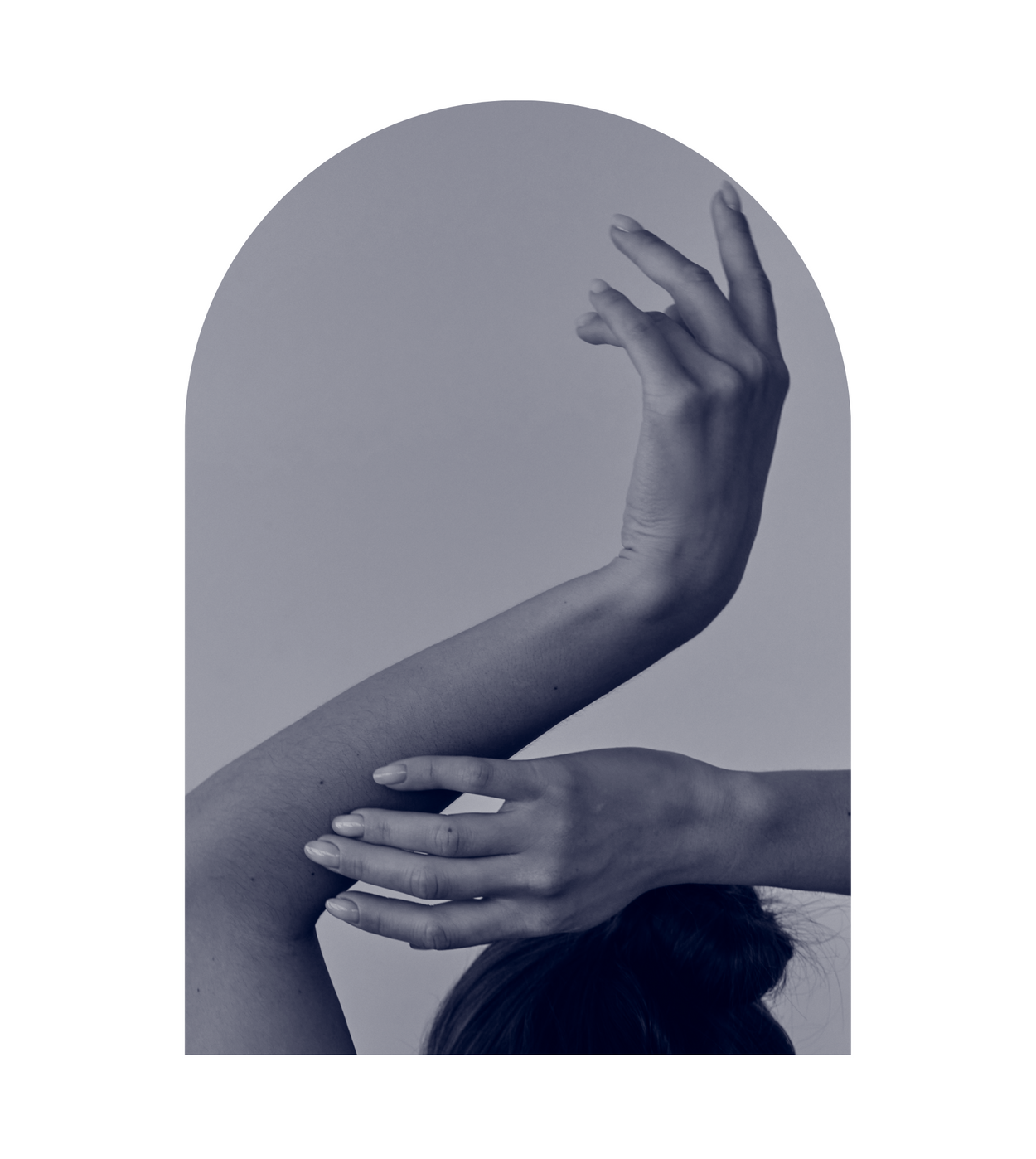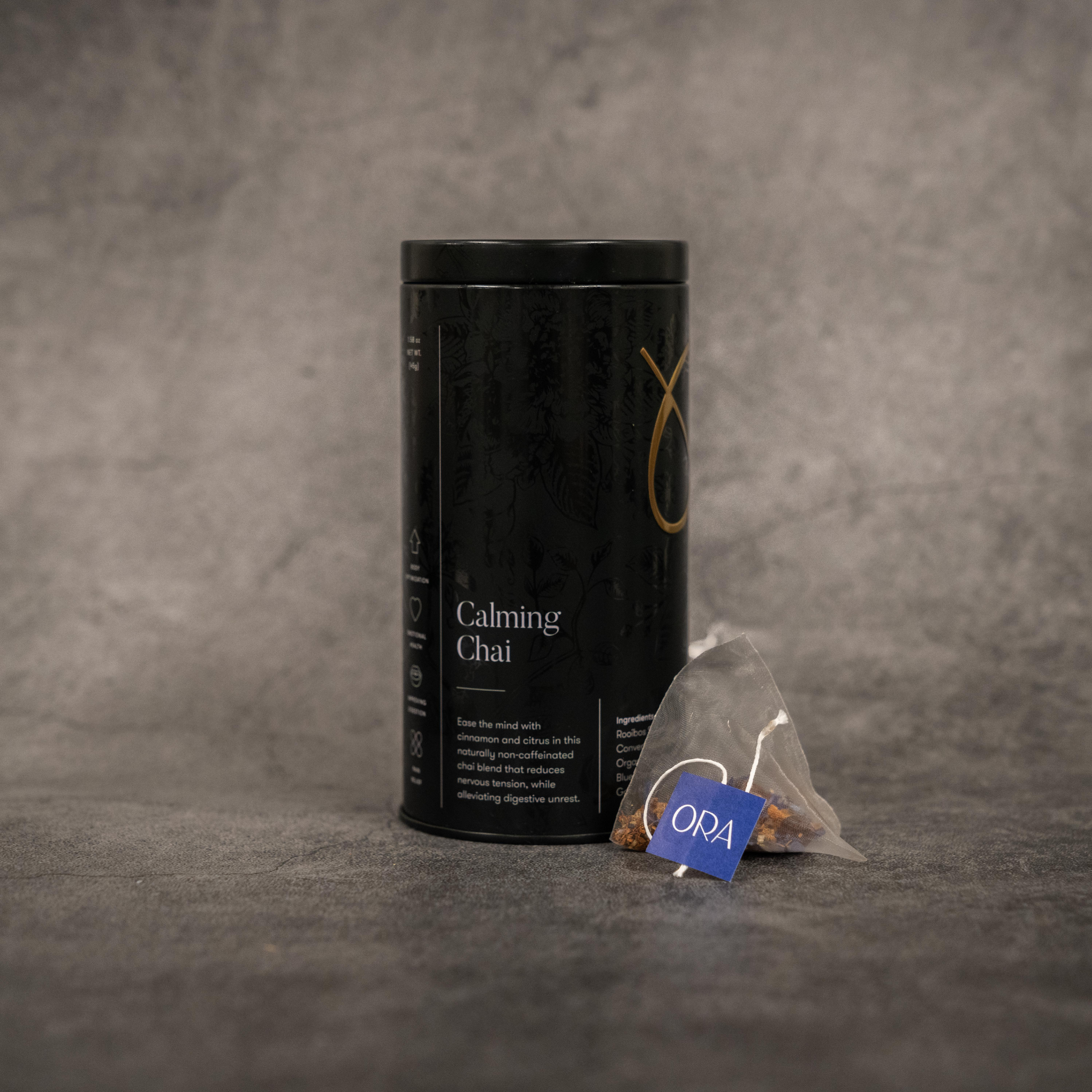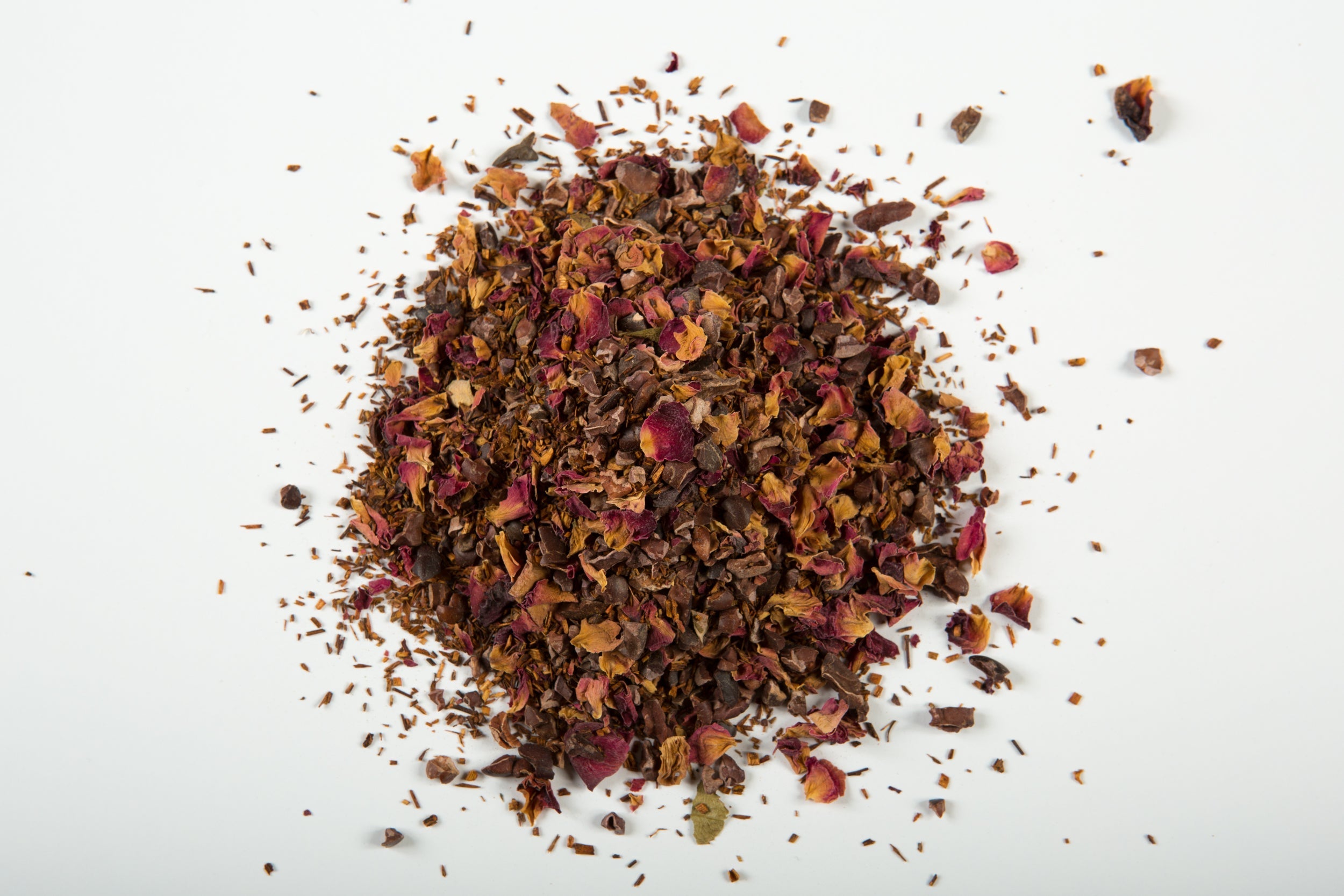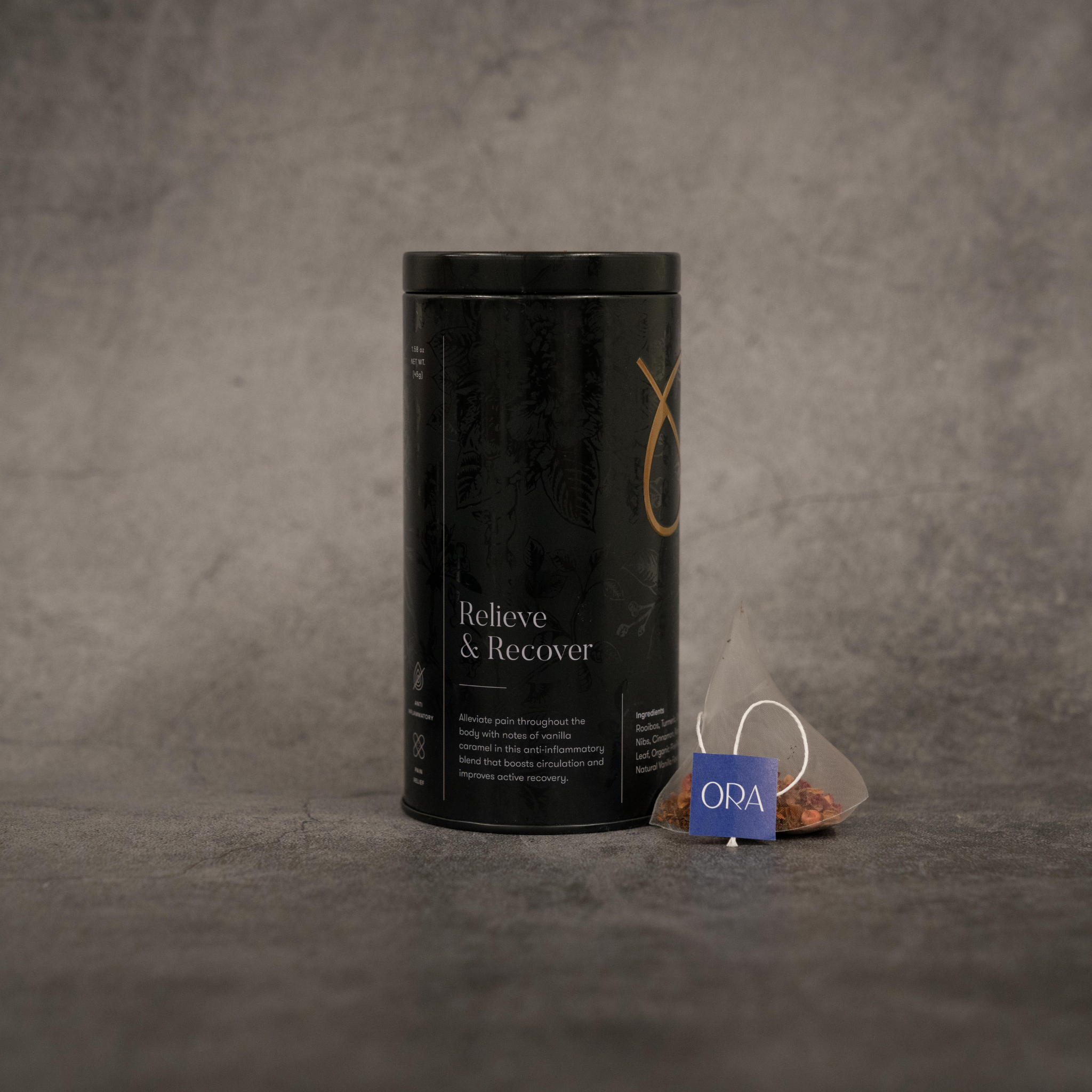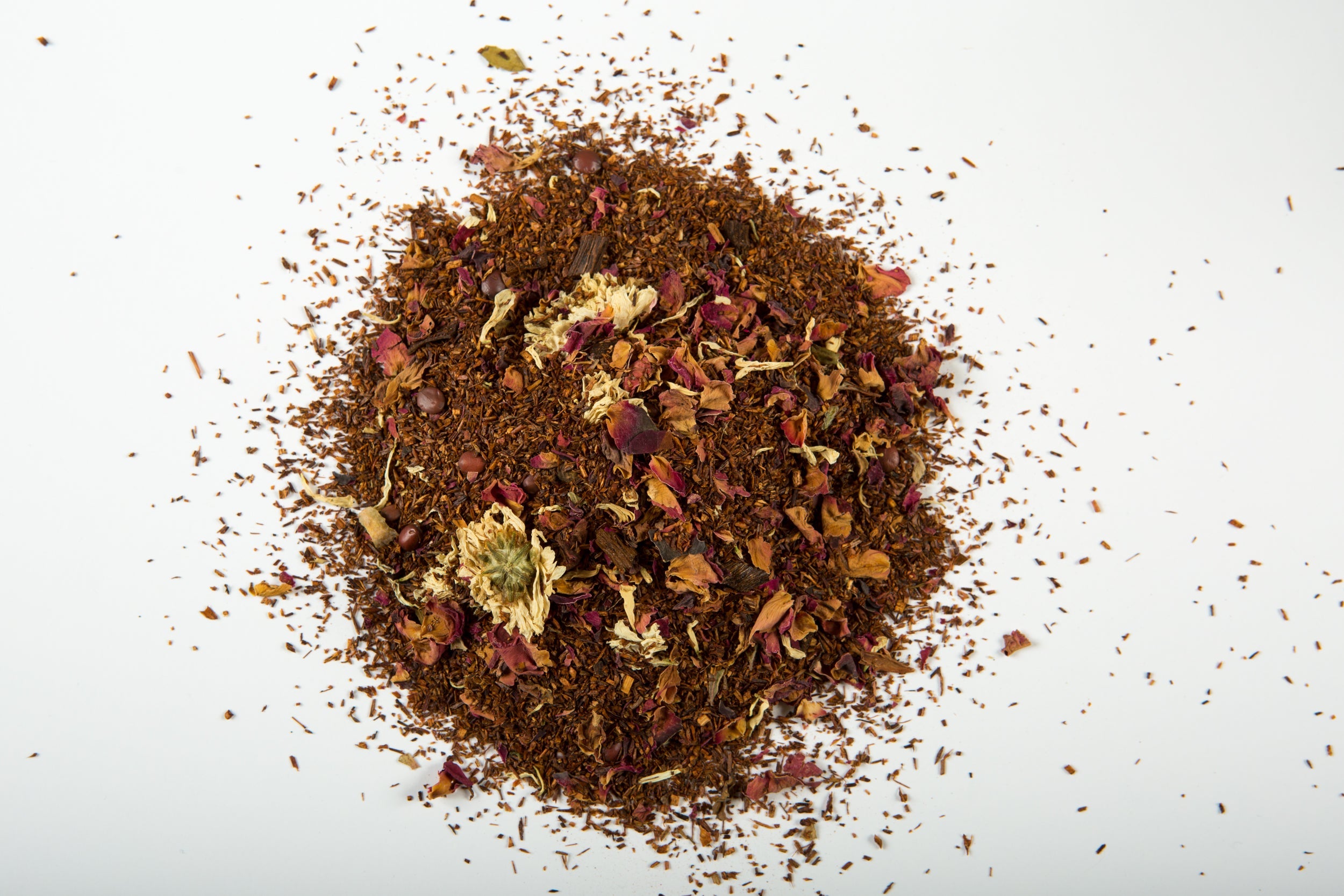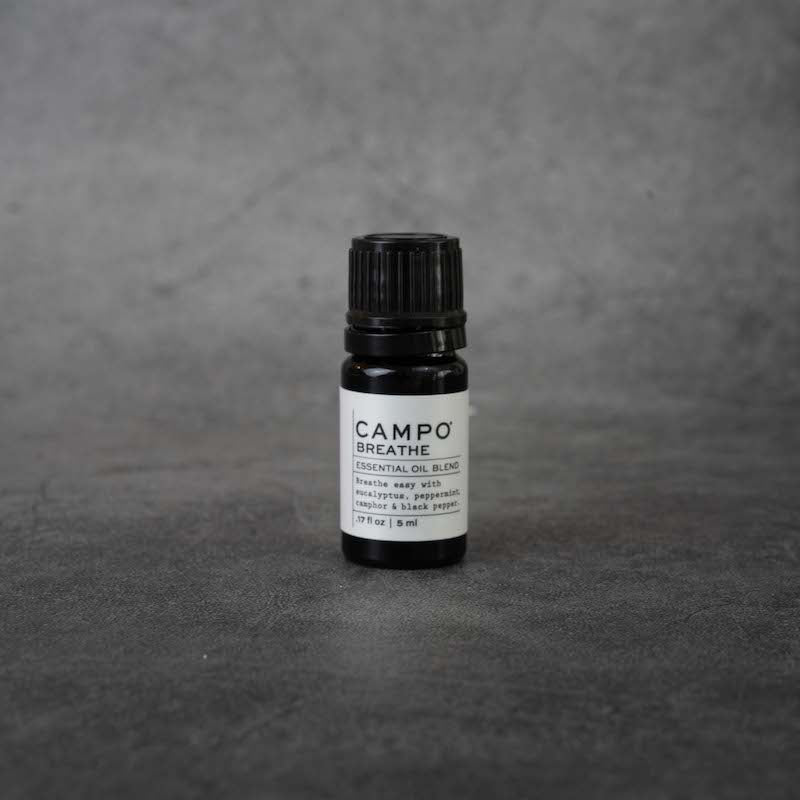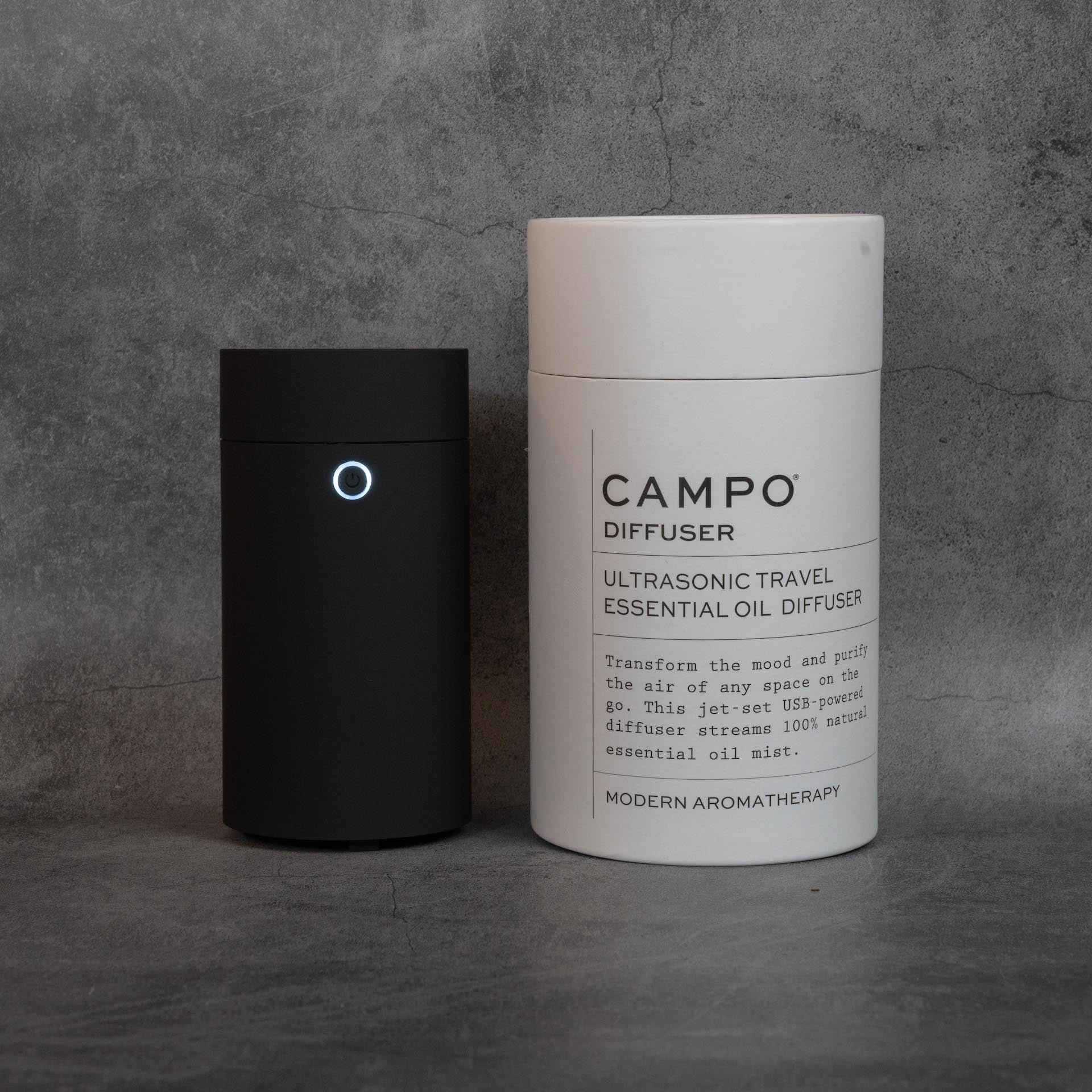Everybody gets headaches. For some, it may be a rare and trivial occurrence; others live with frequent, severely painful migraines. This June, in honor of National Migraine & Headache Awareness Month, take a bit of time to learn more about what causes headaches and how you can use traditional Chinese medicine (TCM) to treat them.
While we often refer to them interchangeably, headaches and migraines are defined a bit differently. Headaches are defined as a continuous pain in the head, and can feel like a dull, achy pain in the sinuses, forehead, or eyes. Migraines are more intense, and can cause additional symptoms including nausea, vomiting, extreme sensitivity to light and sound, and in some cases auras. Auras are typically a visual symptom that manifest themselves as flashing lights or zigzag lines in the field of view and are occasionally accompanied by tinnitus (ringing in the ears). There are many different types of migraine headaches including migraines with or without auras, chronic migraines, hemiplegic migraines (involving one side of the body), menstrual migraines (migraine attacks linked to menstruation), and vestibular migraines (a type of migraine that features dizziness or balance problems).
In western medicine, headaches and migraines are typically treated with pain-relieving medications. The most common prescription drugs include sumatriptan and rizatriptan, which can be taken as pills, shots, or nasal sprays, and help block the pain pathways to the brain. In addition to the medications that treat pain, preventative medications are also prescribed, in order to mitigate the severity and reduce the frequency of migraines.
TCM regards headaches and migraines as very intricate problems that are specific to the individual, thereby requiring targeted and individualized treatments. Acupuncture is the most common form of treatment, but herbs, gua sha, and cupping are other effective methods, along with lifestyle changes. The cause of headaches is said to be an internal or external disturbance in the energetic pathways, or meridians, and organs such as the liver, spleen, and kidney. Internally, deficiency and stagnation of qi and blood in the liver, spleen, and kidney can lead to symptoms of headaches and migraines. External forces that may lead to deficiency or stagnation in these organs are wind, cold, dampness, or heat. These external forces can be weather-related or due to pathogens that have entered the body, causing an imbalance in the meridians.
TCM offers a holistic way to treat headaches or migraines. Acupuncturists can determine the best course of treatment for each individual based on the individual's symptoms, pulse, tongue, and TCM diagnosis. Acupuncture and herbs can help reduce inflammatory proteins, eliminate pathogens, and improve circulatory blood flow. When it comes to acupuncture, the most common points used are Hegu (also known as Large Intestine-4) is an acupuncture point on the hand that targets the front of the face and is great for frontal headaches and TMJ pain. In addition, other points such as Taichong (Liver-3), Waiguan (San Jiao-5) and Zulingqi (Gallbladder-41), and Houxi (Small Intestine-3) target headaches at the top of the head, temples, and back of the head, respectively.
When it comes to Chinese herbs, formulas such as Xiao Yao San, Tian Ma Gou Teng Yin, and Chuan Xiong Cha Tiao San contain sedative and anti-inflammatory agents, which help symptoms associated with headaches and migraines. TCM can be used alongside western medicine. It generally does not counteract any pharmaceuticals aimed at headaches. However, before you add any new herbs to your treatment plan, consult with your acting physician.
In addition to the above causes, there are also both lifestyle and external factors that can contribute to migraines and headaches. These include weather, emotions, diet, posture, menstruation, and hypertension. Generally – and sadly! – it is best to eliminate fatty, greasy, and sweet foods from your diet, as well as dairy and gluten. On the other hand, ginger is an excellent addition to your diet, as it helps relieve nausea, vomiting, and other migraine symptoms, and it is recommended to ingest ginger in tea form either before or after meals. Alcohol and smoking can also exacerbate symptoms and should, if possible, be eliminated. Other things that you can do to help headaches include gentle exercise, such as controlled breathing, movement, and meditation.
When it comes to headaches, there are certain things you can’t control, factors like genetics, or the weather. There is a lot, however, that you can control – from your day-to-day lifestyle to courses of treatments. At ORA, we look to diagnose root causes in order to identify individualized treatments and help you to help yourself, allowing you to remain both literally and figuratively headache-free.




